DEFINITION OF THE NURSING
NURSING DEFINED: Since the time of Florence Nightingale, who wrote in 1858 that the goal of nursing was “to put the patient in the best condition for nature to act upon him,” nursing leaders have described nursing as both an art and a science. However, the definition of nursing has evolved.
The American Nurses Association (ANA), in its Social Policy Statement (ANA, 1995), defined nursing as “the diagnosis and treatment of human responses to health and illness” and provided the following illustrative list of phenomena that are the focus of nursing care and research:
• Self-care processes
• Physiologic and pathophysiologic processes in areas such as rest, sleep, respiration, circulation, reproduction, activity, nutrition, elimination, skin, sexuality, and communication
• Comfort, pain, and discomfort
• Emotions related to experiences of health and illness
• Meanings ascribed to health and illnesses
• Decision making and ability to make choices
• Perceptual orientations such as self-image and control over one’s body and environments
• Transitions across the life span, such as birth, growth, development, and death
• Affiliative relationships, including freedom from oppression and abuse
• Environmental systems
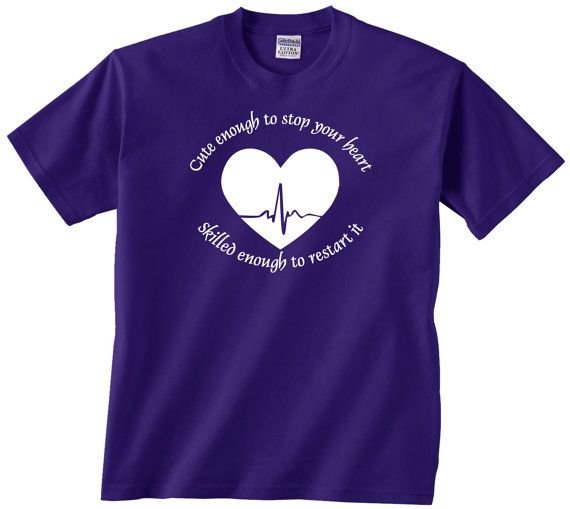
Nurses have a responsibility to carry out their role as defined in the Social Policy Statement,
To comply with the nurse practice act of the state where they practice, and to comply with the code for nurses as spelled out by the International Council of Nurses and the ANA.
Understanding the needs of healthcare consumers and the healthcare delivery system, including the forces that affect nursing and healthcare delivery, will provide a foundation for examining the delivery of nursing care.
THE PATIENT/CLIENT: CONSUMER OF NURSING AND HEALTH CARE
The central figure in health care services is, of course, the patient. The term patient, which is derived from a Latin verb meaning “to suffer,” has traditionally been used to describe those who are recipients of care. The connotation commonly attached to the word is one of dependence. For this reason, many nurses prefer to use the term client, which is derived from a Latin verb meaning “to lean,” connoting alliance and interdependence.
The term patient will be used throughout, but with the understanding that either term is acceptable. The patient who seeks care for a health problem or problems (increasing numbers of people have multiple health problems) is also an individual, a member of a family, and a citizen of the community. Patients’ needs vary depending on their problems, associated circumstances, and past experiences. One of the nurse’s important functions in health care delivery is to identify the patient’s immediate needs and take measures to address them. The
Patient’s Basic Needs
Certain needs are basic to all people and require satisfaction accordingly. Such needs are addressed based on priority, meaning that some needs are more pressing than others. Once an essential need is met, the person experiences a need on a higher level.
Approaching needs according to priority reflects Maslow’s hierarchy of needs.
Maslow’s Hierarchy
Maslow ranked human needs as follows: physiologic needs; safety and security; belongingness and affection; esteem and self-respect; and self-actualization, which includes self-fulfillment, desire to know and understand, and aesthetic needs.
Lower-level needs always remain, but a person’s ability to pursue higher-level needs indicates that he or she is moving toward psychological health and well-being. Such a hierarchy of needs is a useful organizational framework that can be applied to the various nursing models for the assessment of a patient’s strengths, limitations, and need for nursing interventions.
HEALTH CARE IN TRANSITION
Changes occurring in health care delivery and nursing are the result of societal, economic, technological, scientific, and political forces that have evolved throughout the 20th and into the 21st century. Among the most significant changes are shifts in population demographics, particularly the increase in the aging population and the cultural diversity of the population; changing patterns of diseases; increased technology; increased consumer expectations; the high costs of healthcare, and changes in health care financing; and other health care reform efforts.
These changes have led to institutional restructuring, staff downsizing, increased outpatient care services, decreased lengths of hospital stay, and more care being provided in the community and in the home. Such changes are having a dramatic influence on where nurses practice, with an increasing trend for nurses to provide health care in the community and home settings.
Indeed, these changes have a dynamic influence on our view of health and illness and therefore affect the focus of nursing and health care.
As an increasing proportion of the population reaches age 65 years and older, and with the shift in disease patterns from acute illnesses to chronic illnesses, the traditional disease management and care focus of the health care professions has expanded.
There is growing concern about emerging infectious diseases, trauma, and bioterrorism. The health care focus must center more on prevention, health promotion, and management of chronic conditions than in previous times.
This shift in focus coincides with a nationwide emphasis on cost control and resource management directed toward providing cost-efficient and cost-effective health care services to the population as a whole.
Health, Wellness, and Health Promotion
The health care system of the United States, which traditionally has been disease-oriented, is currently placing greater emphasis on health and its promotion. Similarly, a significant portion of nursing’s workforce formerly was focused on the care of patients with acute conditions, but now a growing portion is directing its efforts toward health promotion and disease prevention.
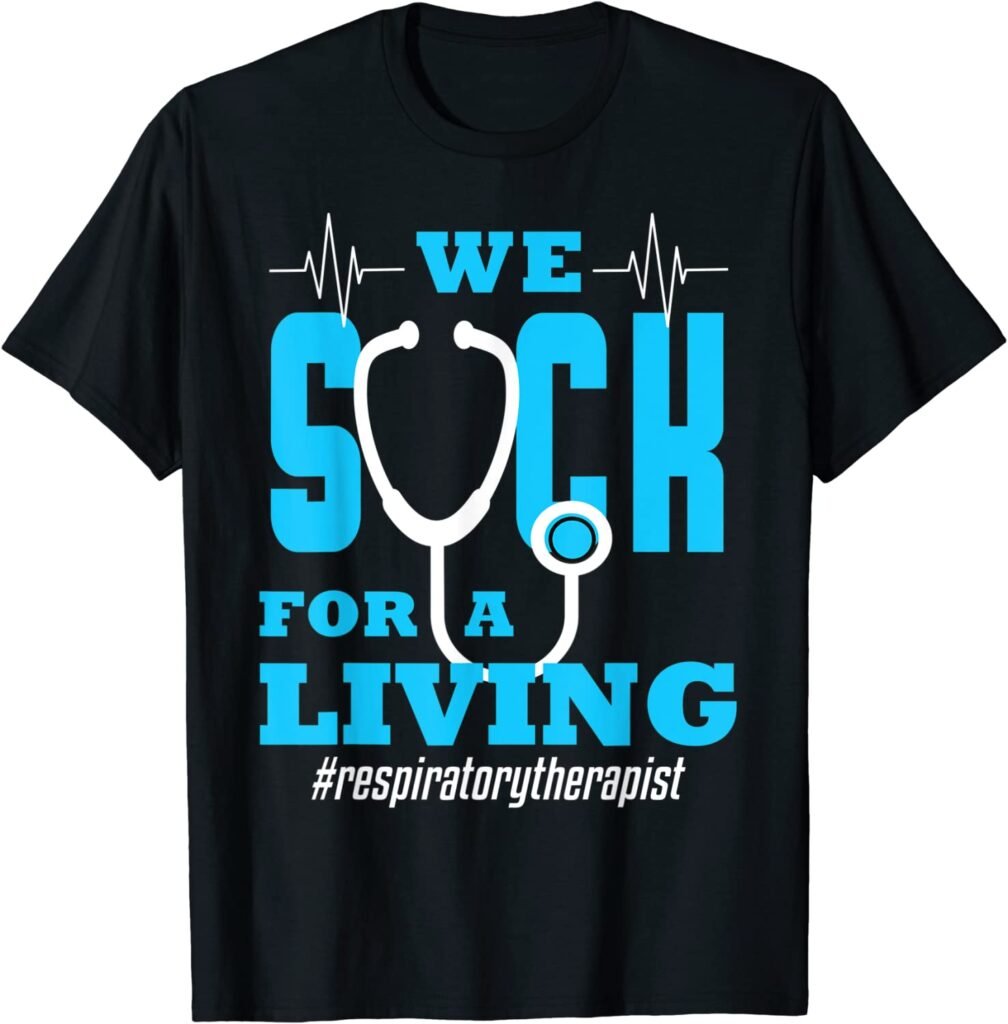
HEALTH
How health is perceived depends on how health is defined. In the preamble to its constitution, the World Health Organization (WHO) defines health as a “state of complete physical, mental, and social well-being and not merely the absence of disease and infirmity” (Hood & Leddy, 2002).
Such a definition of health does not allow for any variation in degrees of wellness or illness. On the other hand, the concept of a health-illness continuum allows for a greater range in describing a person’s health status. By viewing health and illness on a continuum, it is possible to consider a person as having neither complete health nor complete illness.
Instead, a person’s state of health is ever-changing and has the potential to range from high-level wellness to extremely poor health and imminent death.
The model of the health-illness continuum makes it possible to view a person as simultaneously possessing degrees of both health and illness.
The limitations of the WHO definition of health are clear in relation to chronic illness and disability.
A chronically ill person cannot meet the standards of health as established by the WHO definition. However, when viewed from the perspective of the health-illness continuum, people with chronic illness or disability can be understood as having the potential to attain a high level of wellness, if they are successful in meeting their health potential within the limits of their chronic illness or disability.
WELLNESS
Wellness has been defined as being equivalent to health. Cookfair (1996) indicated that wellness “includes a conscious and deliberate approach to an advanced state of physical, psychological, and spiritual health and is a dynamic, fluctuating state of being”. Leddy and Pepper (1998) contended that wellness is indicated by the capacity of the person to perform to the best of his or her ability, the ability to adjust and adapt to varying situations, a reported feeling of well-being, and a feeling that “everything is together” and harmonious.
With this in mind, it becomes evident that the goal of health care providers is to promote positive changes that are directed toward health and well-being. The fact that the sense of wellness has a subjective aspect emphasizes the importance of recognizing and responding to patient individuality and diversity in health care and nursing.
DEFINITION OF THE NURSING
Definition: Although nursing practice varies both through its various specialties and countries, these nursing organizations offer the following definitions: Nursing encompasses autonomous and collaborative care of individuals of all ages, families, groups and communities, sick or well, and in all settings.
Nursing includes the promotion of health, prevention of illness, and the care of ill, disabled and dying people. Advocacy, promotion of a safe environment, research, participation in shaping health policy and in patient and health systems management, and education are also key nursing roles.
International Council of Nurses
The use of clinical judgment in the provision of care enables people to improve, maintain, or recover health, to cope with health problems, and to achieve the best possible quality of life, whatever their disease or disability, until death.
Royal College of Nursing (2003)
Nursing is the protection, promotion, and optimization of health and abilities; prevention of illness and injury; alleviation of suffering through the diagnosis and treatment of human responses; and advocacy in health care for individuals, families, communities, and populations.
American Nurses Association
The unique function of the nurse is to assist the individual, sick or well, in the performance of those activities contributing to health or its recovery (or to peaceful death) that he would perform unaided if he had the necessary strength, will or knowledge. — Virginia Avenel Henderson[50]
As a profession
The authority for the practice of nursing is based upon a social contract that delineates professional rights and responsibilities as well as mechanisms for public accountability. In almost all countries, nursing practice is defined and governed by law, and entrance to the profession is regulated at the national or state level.
The aim of the nursing community worldwide is for its professionals to ensure quality care for all, while maintaining their credentials, code of ethics, standards, and competencies, and continuing their education.
There are a number of educational paths to becoming a professional nurse, which vary greatly worldwide; all involve extensive study of nursing theory and practice as well as training in clinical skills.
Nurses care for individuals of all ages and cultural backgrounds who are healthy and ill in a holistic manner based on the individual’s physical, emotional, psychological, intellectual, social, and spiritual needs.
The profession combines physical science, social science, nursing theory, and technology in caring for those individuals. To work in the nursing profession, all nurses hold one or more credentials depending on their scope of practice and education.
In the United States, a Licensed Practical Nurse (LPN) works independently or with a Registered Nurse (RN).
The most significant difference between an LPN and RN is found in the requirements for entry to practice, which determines entitlement for their scope of practice.
RNs provide scientific, psychological, and technological knowledge in the care of patients and families in many health care settings. RNs may earn additional credentials or degrees.
In the United States, multiple educational paths will qualify a candidate to sit for the licensure examination as an RN.
The Associate Degree in Nursing (ADN) is awarded to the nurse who has completed a two-year undergraduate academic degree awarded by community colleges, junior colleges, technical colleges, and bachelor’s degree-granting colleges and universities upon completion of a course of study usually lasting two years.
Associate in Nursing (AN)
It is also referred to as Associate in Nursing (AN),
Associate of Applied Science in Nursing (AAS)
Associate of Applied Science in Nursing (AAS), or
Associate of Science in Nursing (ASN)
Associate of Science in Nursing (ASN).
Bachelor of Science in Nursing (BSN)
The Bachelor of Science in Nursing (BSN) is awarded to the nurse who has earned an American four-year academic degree in the science and principles of nursing, granted by a tertiary education university or similarly accredited school.
After completing either the LPN or RN education programs in the United States, graduates are eligible to sit for a licensing examination to become a nurse, the passing of which is required for the nursing license.
NCLEX
The National Licensure Examination (NCLEX) test is a standardized exam (including multiple choice, select all that apply, fill in the blank and “hot spot” questions) that nurses take to become licensed. It costs two hundred dollars to take and examines a nurse’s ability to properly These options can also include, community health, mental health, clinical nursing specialists, and nurse midwives.
RNs may also pursue different roles as advanced practice nurses.
Nurses are not doctors’ assistants. This is possible in certain situations, but nurses more often are independently caring for their patients or assisting other nurses.
RNs treat patients, record their medical history, provide emotional support, and provide follow-up care. Nurses also help doctors perform diagnostic tests. Nurses are almost always working on their own or with other nurses. However, they also assist doctors in the emergency room or in trauma care when help is needed.
Despite equal opportunity legislation, nursing has continued to be a female-dominated profession in many countries; according to the WHO’s 2020 State of the World’s Nursing, approximately 90% of the nursing workforce is female.
For instance, the male-to-female ratio of nurses is approximately 1:19 in Canada and the United States.
This ratio is represented around the world.
Notable exceptions include Francophone Africa, which includes the countries of Benin, Burkina Faso, Cameroon, Chad, Congo, Côte d’Ivoire, the Democratic Republic of Congo, Djibouti, Guinea, Gabon, Mali, Mauritania, Niger, Rwanda, Senegal, and Togo, which all have more male than female nurses.
In Europe, in countries such as Spain, Portugal, the Czech Republic, and Italy, over 20% of nurses are male.
In the United Kingdom, 11% of nurses and midwives registered with the Nursing and Midwifery Council (NMC) are male.
The number of male nurses in the United States doubled between 1980 and 2000.
However female nurses are still more common, but male nurses receive more pay on average.
Research has indicated that there can be negative effects of diversity within nursing. When there is a heavier focus on diversity in nursing, the quality of care or performance of the nurses can be hindered.
Research demonstrates that as people begin to be different in a work setting, this can create issues if not addressed correctly. When hospitals begin to focus on diversity over their patients, the quality of care can be negatively affected if diversity becomes the main goal. care for a client. Study books and practice tests are available for purchase.
Some nurses follow the traditional role of working in a hospital setting. Other options include pediatrics, neonatal, maternity, OBGYN, geriatrics, ambulatory, and nurse anesthetists and informatics (eHealth). There are many other options nurses can explore depending on the type of degree and education acquired.
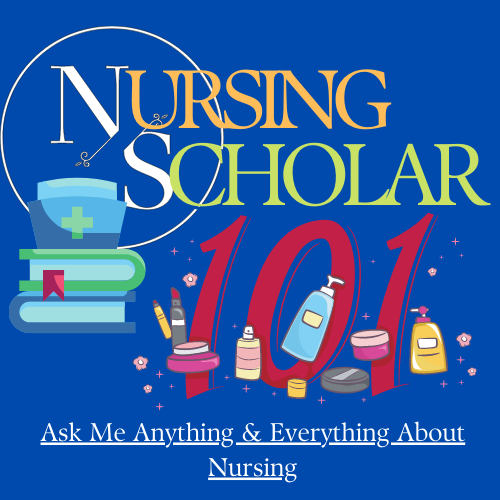


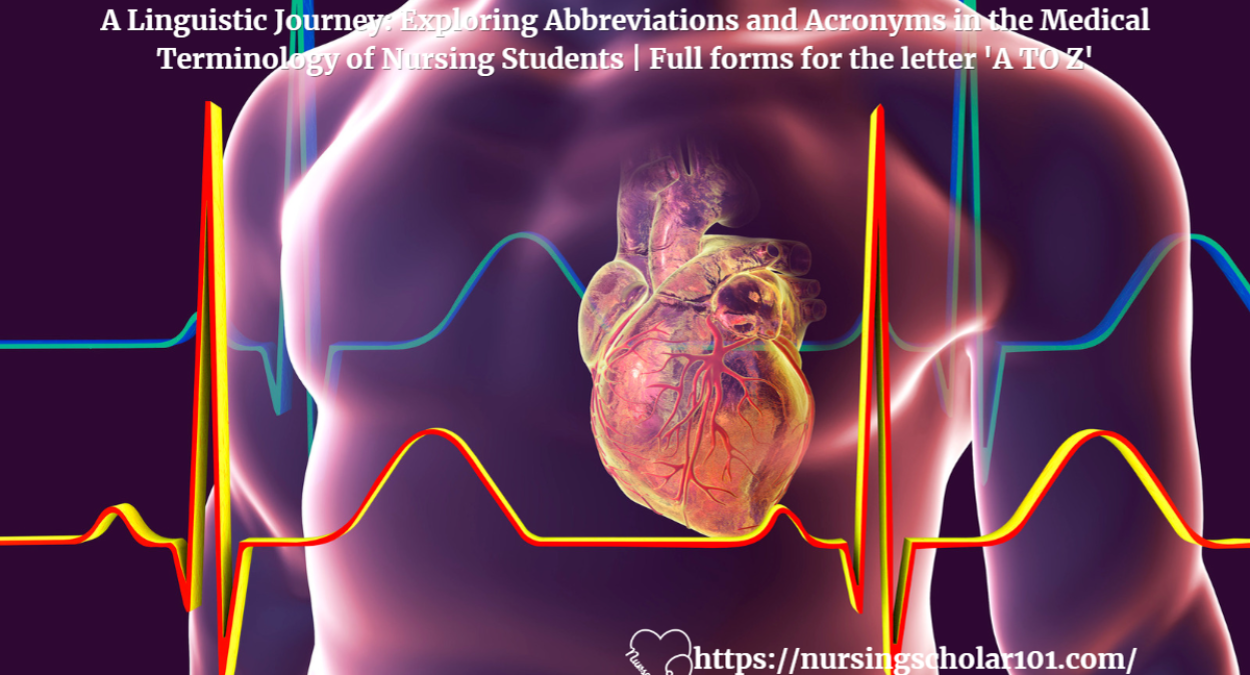

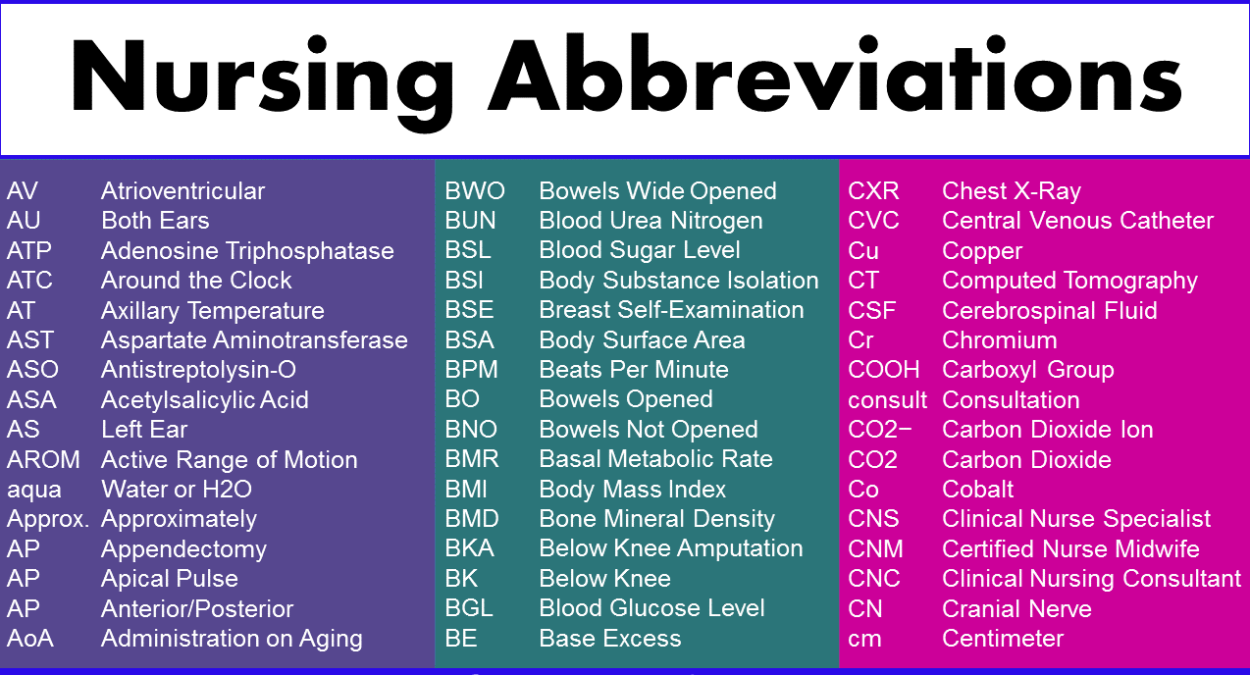
Pingback: Nursing - Nursing Scholar 101